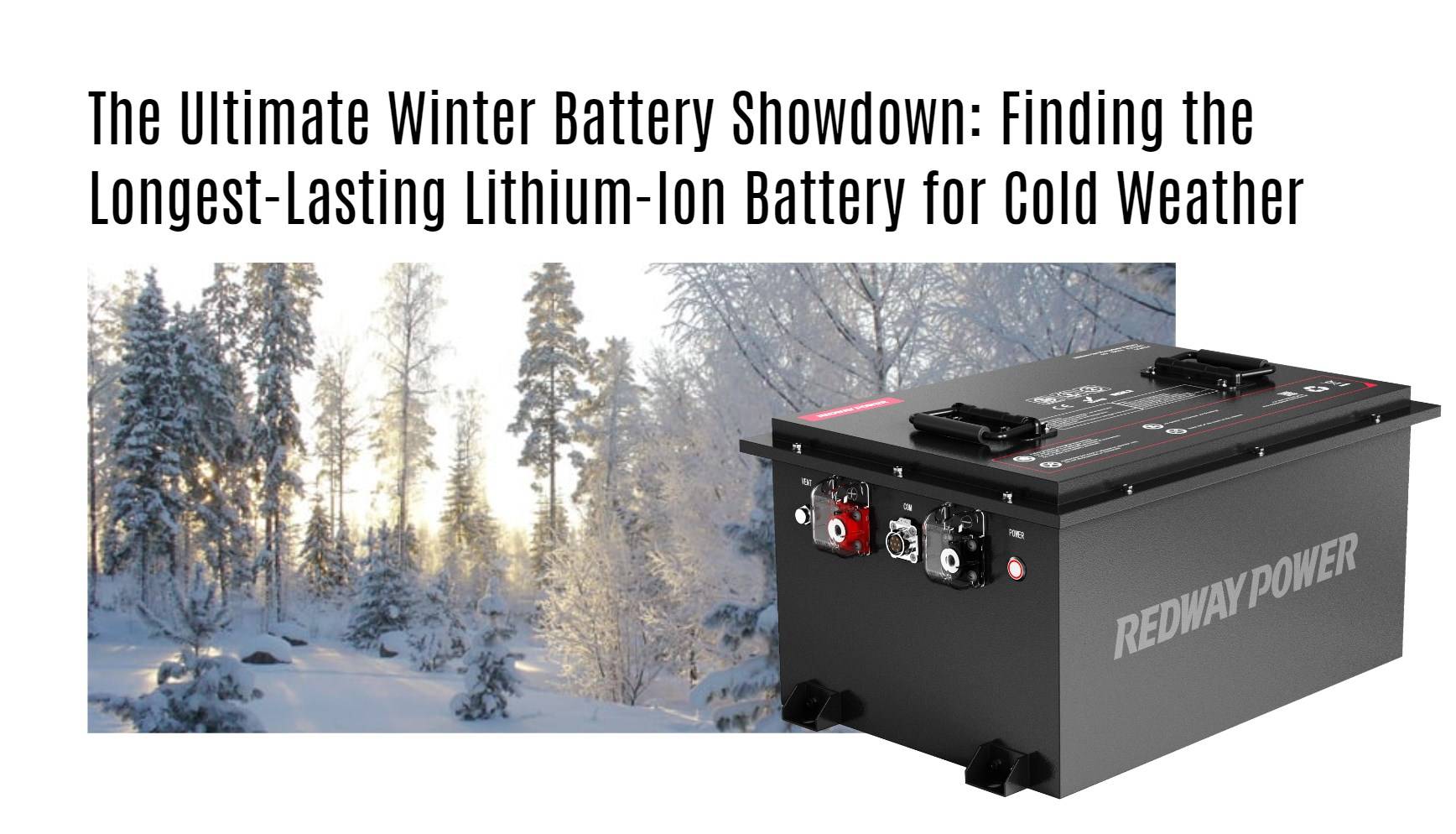Lithium-ion batteries can perform well in cold weather, but their efficiency and lifespan may be affected by low temperatures. Understanding how to choose and maintain these batteries during winter conditions is essential for optimal performance. This article explores the impact of cold on lithium-ion batteries and offers guidance on selecting the right battery for winter use.
Table of Contents
ToggleWhat is lithium-ion battery technology?
Lithium-ion battery technology is a type of rechargeable battery that uses lithium ions as a primary component of its electrochemistry. These batteries are widely used due to their high energy density, lightweight design, and ability to recharge quickly. They are commonly found in consumer electronics, electric vehicles, and renewable energy storage systems.Lithium-Ion Technology Overview Chart
| Feature | Description |
|---|---|
| Energy Density | High (150-250 Wh/kg) |
| Lifespan | 500 to 2000 cycles |
| Charging Time | Fast charging capabilities |
| Self-discharge Rate | Low (about 2-5% per month) |
How does cold weather affect lithium-ion battery performance?
Cold weather can significantly impact the performance of lithium-ion batteries. As temperatures drop, the chemical reactions within the battery slow down, leading to reduced capacity and power output. This can result in:
- Decreased Efficiency: Batteries may not hold a charge as effectively.
- Reduced Capacity: The overall energy available drops, affecting runtime.
- Increased Internal Resistance: Slower ion movement leads to higher resistance, making it harder for the battery to deliver power.
Cold Weather Impact Chart
| Effect | Description |
|---|---|
| Efficiency Loss | Reduced performance at low temperatures |
| Capacity Reduction | Overall energy availability decreases |
| Internal Resistance Increase | Higher resistance impacts power delivery |
What types of lithium-ion batteries are best for cold weather?
Certain types of lithium-ion batteries are better suited for cold weather conditions:
- Lithium Iron Phosphate (LiFePO4): Known for excellent thermal stability and safety, making them ideal for extreme conditions.
- Lithium Nickel Manganese Cobalt (NMC): Offers good performance at lower temperatures with a balance of power and energy density.
- Heated Lithium Batteries: Some manufacturers offer heated models that maintain optimal operating temperatures even in freezing conditions.
Battery Types Comparison Chart
| Battery Type | Cold Weather Performance | Key Features |
|---|---|---|
| LiFePO4 | Excellent | High thermal stability |
| NMC | Good | Balanced energy density |
| Heated Lithium | Optimal | Maintains internal temperature |
What are the best practices for using lithium-ion batteries in winter?
To ensure optimal performance of lithium-ion batteries during winter:
- Keep Batteries Warm: Store batteries at room temperature when not in use.
- Avoid Charging Below Freezing: Do not charge batteries when temperatures drop below freezing to prevent damage.
- Monitor Performance: Regularly check battery health and capacity during winter months.
- Use Insulated Cases: Consider insulated storage solutions to protect batteries from extreme cold.
What future trends are influencing the development of cold-weather batteries?
Several trends are shaping the future of lithium-ion batteries designed for cold weather:
- Advanced Materials: Research into new materials that enhance performance at low temperatures is ongoing.
- Smart Battery Management Systems (BMS): Innovations in BMS technology help regulate temperature and optimize charging cycles.
- Sustainability Focus: Increasing emphasis on environmentally friendly battery production methods aligns with global sustainability goals.
Buy Wholesale Battery Tips
For businesses looking to source high-quality LFP batteries through OEM channels, Redway Battery is an excellent choice for wholesale buyers. With over 13 years of experience, Redway provides tailored products that meet specific client needs. To place an OEM order, contact Redway Battery directly through their website or customer service team to discuss your requirements. Their commitment to quality makes them a reliable partner for companies seeking alternatives to lead-acid batteries.
Industrial News
Recent developments indicate a growing demand for specialized lithium-ion batteries that perform well in cold weather conditions. Manufacturers are investing heavily in research and development to enhance battery chemistry and design features that improve performance in extreme temperatures. This focus on innovation aims to meet the increasing needs of electric vehicles and renewable energy applications.
Redway Expert Views
“Understanding how cold affects lithium-ion battery performance is crucial for users in colder climates,” states a Redway Battery expert. “By choosing the right type of battery and following best practices, consumers can ensure reliable power even during harsh winter conditions.”
FAQ Section
- What is an LFP battery?
An LFP (Lithium Iron Phosphate) battery is a type of lithium-ion battery known for its safety, long cycle life, and thermal stability. - How do cold temperatures affect lithium-ion batteries?
Cold temperatures can reduce capacity, efficiency, and increase internal resistance, impacting overall performance. - What types of lithium-ion batteries work best in winter?
LiFePO4 and heated lithium batteries generally perform better under cold conditions compared to other types. - What should I do to maintain my lithium-ion battery in winter?
Keep it warm, avoid charging below freezing, monitor performance regularly, and use insulated storage solutions.



